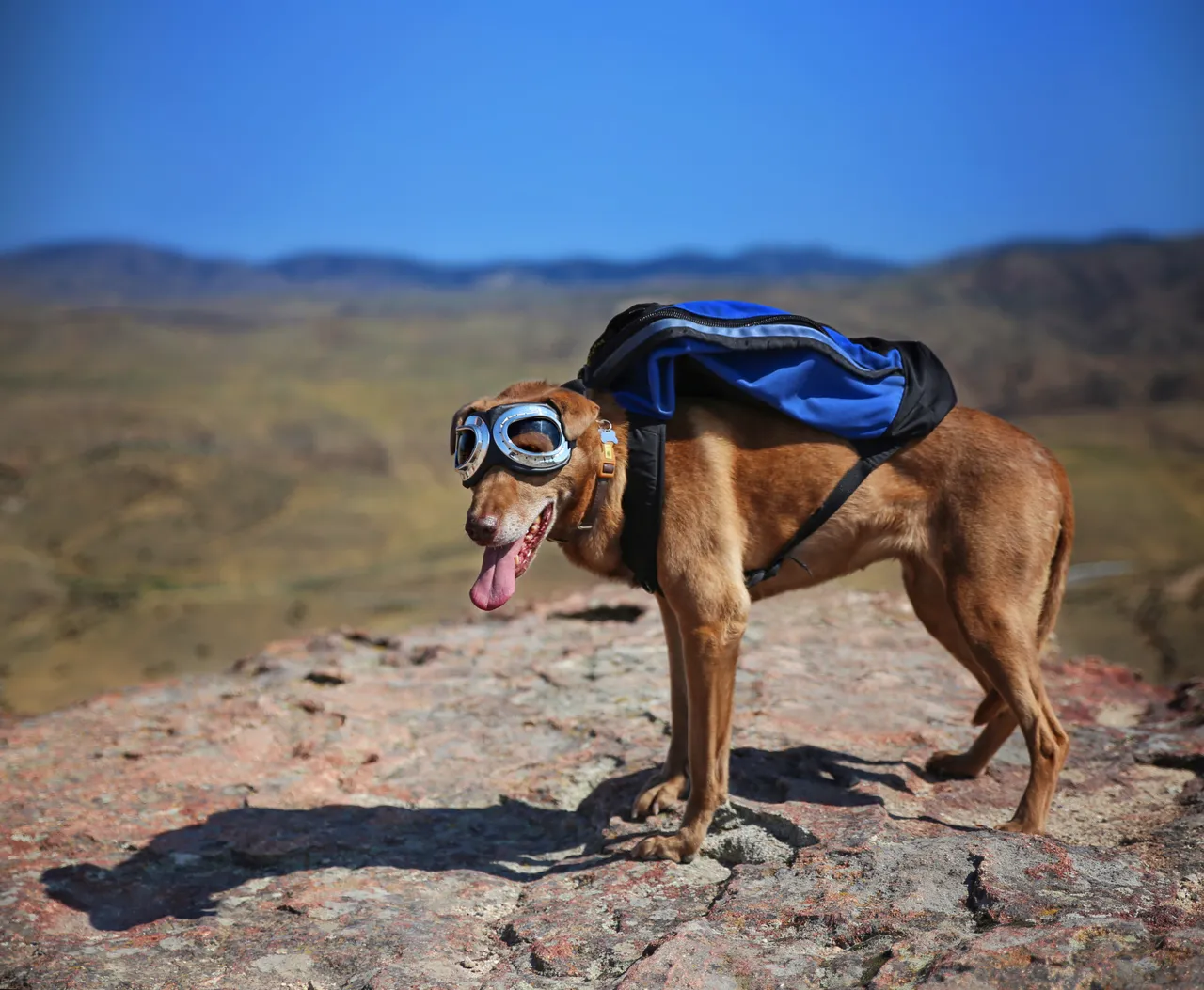
The prospect of hitting the trail with your four-legged friend is an exciting one. Whether you're aiming for the gentle rustling of the local forest or the majestic heights of a mountain range, there's something unique about sharing the experience with your canine companion. But what if your dog could participate even more by carrying their own dog backpack?
A dog backpack isn't merely a cute accessory. It can be a practical, utilitarian tool that not only allows your dog to help carry essential items but also adds a physical and mental challenge to their outdoor adventures, making the trip more engaging for them.
Before deciding on a backpack for your dog, consider its weight, size, and comfort. It's essential that the heaviest items are positioned over the dog's shoulders, not the back, to avoid unnecessary strain. Ensure the pack doesn't rub against their elbows or hang too low on their sides. The best dog backpack is one that is appropriately sized, comfortably snug, and does not shift or sway as the dog moves.
Introducing a backpack to your dog requires patience and gradual acclimation. Begin by letting your dog wear the empty pack during walks or short hikes, allowing them to become accustomed to the feeling. Then gradually add weight to the pack over time.
For first-timers, aim for the pack (including its contents) to be no more than 25% of the dog's body weight. Remember that a healthy, fit dog may eventually carry up to 30-50% of its weight, but this capacity must be built up gradually over time.

It's important to balance the load evenly on both sides of the backpack. An unbalanced load can lead to discomfort and even injuries. Take time to adjust the pack's weight distribution before each outing, ensuring that it remains stable as your dog moves.
As much as these backpacks can be beneficial, remember that not all dogs are suited for them. Puppies, for instance, whose bodies are still growing and developing, should not carry any weight. Similarly, older dogs, or those with health issues, may find the extra weight burdensome. Always consult with your veterinarian before introducing a backpack to your dog's routine.
Once your dog is comfortable with their backpack, it's time to plan your adventure. When packing, consider what your dog will need. Essentials include food, water, a bowl, and waste bags. If you're planning overnight trips, consider packing a compact, lightweight dog bed to keep your dog comfortable and warm.
Though dog backpacks can be an excellent tool for outdoor adventures, it's essential to monitor your dog throughout your trips, especially in warmer weather. Always prioritize your dog's comfort and safety, and be prepared to lighten their load if needed.
Also, note that dogs often mirror their human's emotions. If you're anxious or stressed about the trip, your dog is likely to feel the same way. Maintain a calm, positive demeanor to help your dog feel secure and confident.
Finally, remember to enjoy the journey. Training your dog to use a backpack is not merely about practicality - it's about deepening the bond between you and your canine companion through shared experiences.
A backpack can be a passport to adventure for your dog, opening up a whole new world of sensory stimulation and physical exercise. So, pack up, harness on, and hit the trails. The world is waiting for you and your dog to explore together.
Check out Hiking with Dogs: Choosing the Best Dog Backpack to Enhance the Experience on unTLDR for more.